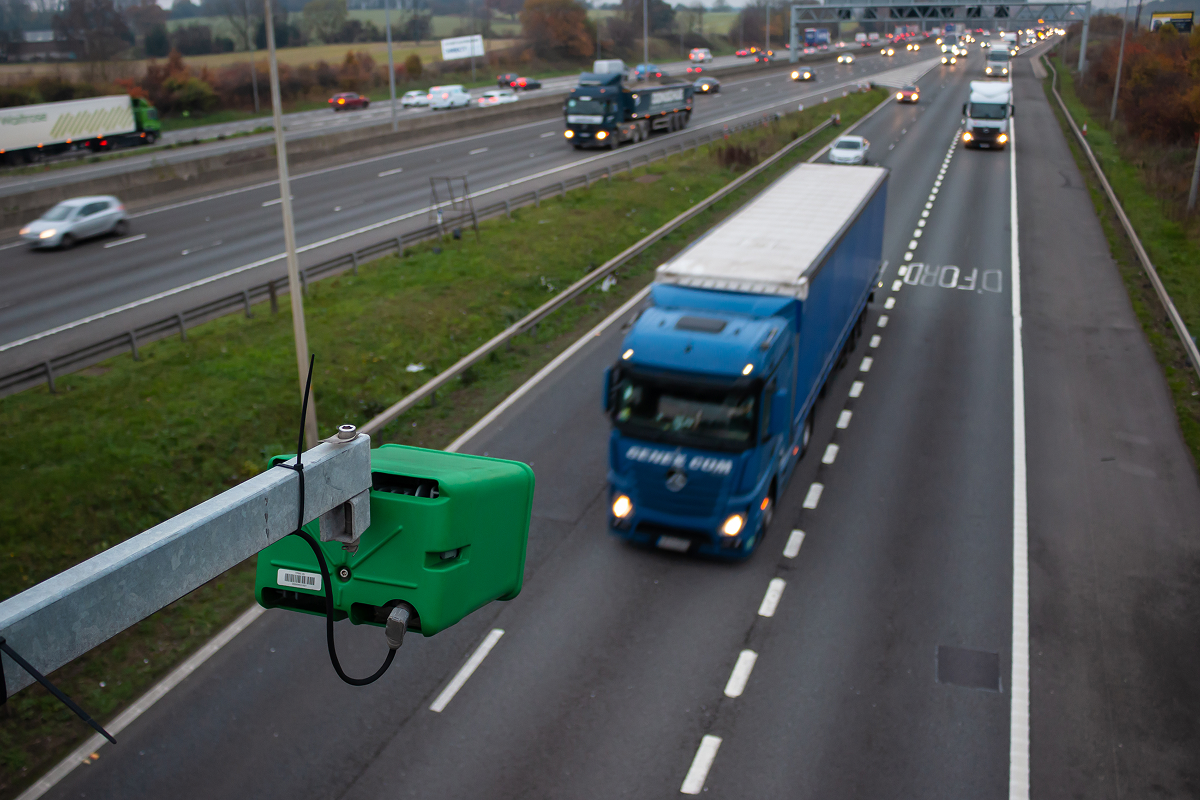Introduction
Road safety has been a growing concern worldwide, particularly for two-wheeler riders who are highly vulnerable to accidents. Among the major causes of fatalities in motorcycle accidents is the non-usage of helmets. Governments and traffic authorities have implemented various measures to enforce helmet laws, but manual enforcement has its limitations. This has led to the development of No Helmet Detection System, an advanced technological solution that uses artificial intelligence (AI), machine learning (ML), and smart surveillance to automatically detect helmet violations and enhance traffic law enforcement.
The Early Days: Manual Monitoring and CCTV-Based Surveillance
Before the integration of smart technologies, traffic monitoring relied heavily on manual policing and basic CCTV surveillance. Officers stationed at key locations would visually inspect riders, often missing violations due to human limitations and traffic congestion. Traditional CCTV cameras were later introduced to capture violations, but they had to be manually reviewed, making enforcement inefficient and time-consuming.
While CCTV systems allowed authorities to document infractions, they lacked automation. Law enforcement officers had to manually sift through video footage to identify helmet violators, record details, and issue penalties. This approach was not only labor-intensive but also prone to human error, leading to gaps in enforcement.
Transition to AI-Powered No Helmet Detection Systems
With advancements in artificial intelligence and deep learning, the No Helmet Detection System evolved into a more sophisticated solution. Instead of manual reviews, AI-powered systems now analyze live footage in real-time to identify riders without helmets. This transformation has significantly improved the accuracy, efficiency, and scalability of helmet law enforcement.
How AI-Powered No Helmet Detection Systems Work
Modern No Helmet Detection Systems integrate several advanced technologies:
- Computer Vision and Image Processing: AI models are trained to recognize helmets and detect their absence on riders. The system continuously scans live video feeds from surveillance cameras to identify violations.
- Machine Learning Algorithms: These systems improve over time by learning from data. The more violations they process, the better their accuracy in differentiating between helmeted and non-helmeted riders.
- Automatic Number Plate Recognition (ANPR): Once a violation is detected, the system captures the vehicle’s registration plate and cross-references it with the vehicle database to identify the owner.
- Cloud-Based Data Processing: Many modern systems leverage cloud computing for real-time processing and storage of traffic violation records.
- Automated Fine Generation: Upon detecting a violation, the system automatically issues electronic challans (e-fines) to the registered vehicle owner.
Benefits of No Helmet Detection Technology
1. Improved Road Safety
One of the biggest advantages of implementing a No Helmet Detection System is the potential reduction in fatal accidents. By ensuring that more riders adhere to helmet laws, the system significantly minimizes head injuries and fatalities.
2. Efficient Law Enforcement
Manual monitoring is labor-intensive and often ineffective in densely populated cities. Automated detection eliminates the need for physical presence, allowing authorities to enforce traffic laws more efficiently.
3. Non-Intrusive and Scalable
Unlike traditional checking methods, AI-based systems work passively without disrupting traffic flow. They can be installed in multiple locations and integrated with existing traffic surveillance infrastructure.
4. Reduced Human Error and Corruption
Since enforcement is fully automated, there is minimal scope for human errors, bias, or corruption. This ensures fair and consistent enforcement of helmet laws.
5. Cost-Effective in the Long Run
While initial installation costs may be high, No Helmet Detection Systems reduce the need for large enforcement teams, leading to cost savings over time.
Challenges in Implementing No Helmet Detection Systems
Despite their advantages, implementing No Helmet Detection Systems comes with challenges:
1. Accuracy and False Positives
Early versions of AI models sometimes struggled with false positives—wrongly identifying riders as violators due to poor lighting, shadows, or obstructions. However, continued advancements in AI and training data have significantly improved accuracy.
2. Infrastructure and Integration Issues
Not all cities have the necessary infrastructure to support AI-based traffic surveillance. Integration with existing camera networks and databases requires investment in technology and seamless coordination between departments.
3. Public Awareness and Acceptance
For such systems to be effective, public awareness campaigns are essential. Many riders are unaware of AI-based monitoring and may continue violating helmet laws unless they realize enforcement has become more stringent.
4. Privacy Concerns
The use of AI-based surveillance raises concerns about data privacy. Authorities must ensure that data collected is used solely for traffic law enforcement and not for unauthorized surveillance.
Future of No Helmet Detection Systems
As technology continues to evolve, No Helmet Detection Systems are expected to become even more accurate, efficient, and widely adopted. Some future developments include:
1. Enhanced AI Algorithms
AI models will continue to improve, reducing false positives and increasing detection accuracy under different environmental conditions.
2. Integration with Smart City Initiatives
Many cities are adopting smart traffic management systems. Helmet detection can be integrated with broader smart city solutions to create a holistic traffic enforcement ecosystem.
3. Real-Time Public Alerts
Future systems may not only detect violations but also send instant alerts to riders through mobile apps or smart signage, reminding them to wear helmets before they are fined.
4. Cross-Country Implementation
While some countries have already started using these systems, widespread global adoption is expected as governments recognize the potential of AI in road safety.
Conclusion
The transition from manual helmet law enforcement to AI-powered No Helmet Detection Systems marks a significant advancement in road safety technology. From basic CCTV monitoring to sophisticated machine learning-driven surveillance, the evolution of helmet detection technology has made enforcement more efficient, accurate, and scalable. While challenges remain, continuous improvements in AI and increased public awareness will drive the adoption of these systems, ultimately making roads safer for two-wheeler riders worldwide.
By integrating smart surveillance solutions, cities can ensure that helmet compliance is not just an option but a mandatory practice, reducing road fatalities and promoting responsible driving behaviors. As technology progresses, No Helmet Detection Systems will play an essential role in shaping the future of traffic enforcement and urban mobility.


